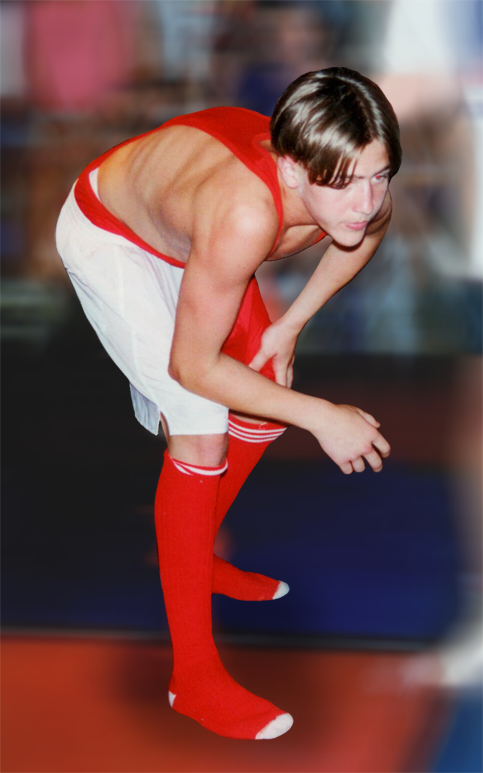When my brother John was 12 years old, he entered a wrestling meet at summer camp.
Pairings were determined by weight, and after the weigh-in, John was matched with … Joe. Joe was one of the camper leaders, was 18 years old, and was in the oldest cabin. It hardly seemed like a fair fight, and organizers told John he could opt out. But without a blink, John agreed.
Word of the matchup spread throughout camp with David versus Goliath fervor. Whispers of “John’s going to get creamed” and “Shortest match of the century” echoed in the air. I was nervous for my bro, and butterflies flapped in my stomach all day.
Finally the match was here, and in the first round, Joe took John to the mat.

But John reversed Joe and got him on his back. John drove Joe’s shoulders to the mat until the referee’s hand slapped down, signaling victory. John had pinned Joe! David had beaten Goliath!
Sometimes the little guy just needs a chance to shine.
Strategic Energy Innovations (SEI) partnered with seven small cities in the San Francisco Bay Area on an EPA-backed initiative, the Small Cities Climate Action Partnership.
The project was designed to discover how small cities, each with populations between 10,000 – 30,000 people and with limited resources, could find energy solutions by collaborating with one another.
The cities wanted to reduce their energy use, in part from a desire to make a difference in a state that is seeking to reduce greenhouse gas emissions. Using EnergyCAP, SEI helped identify opportunities for savings and organize/assess the energy data of the small cities.
Working together, several cities have since completed their Climate Action Plans, and several others have initiated a state-wide network of small cities that are interested in energy and climate issues.
You don’t have to be big to make a difference.
{{cta(’38bb063d-f11d-4c9d-b4c2-2bda4a1d0cb5′)}}
 Best-in-class portfolio-level energy and utility bill data management and reporting.
Best-in-class portfolio-level energy and utility bill data management and reporting.
 Real-time energy and sustainability analytics for high-performance, net-zero buildings.
Real-time energy and sustainability analytics for high-performance, net-zero buildings.
 A holistic view of financial-grade scope 1, 2, and 3 carbon emissions data across your entire business.
A holistic view of financial-grade scope 1, 2, and 3 carbon emissions data across your entire business.
 Energy and sustainability benchmarking compliance software designed for utilities.
Energy and sustainability benchmarking compliance software designed for utilities.



